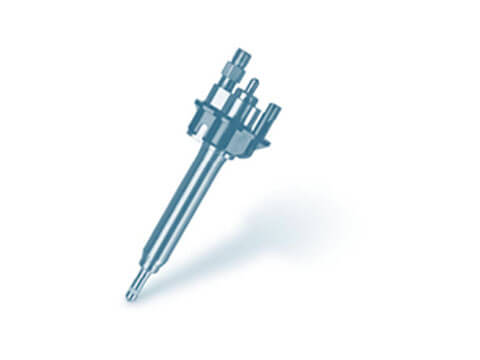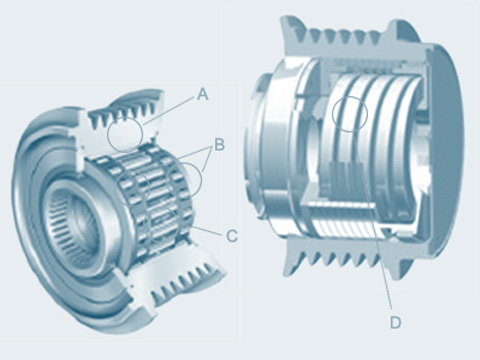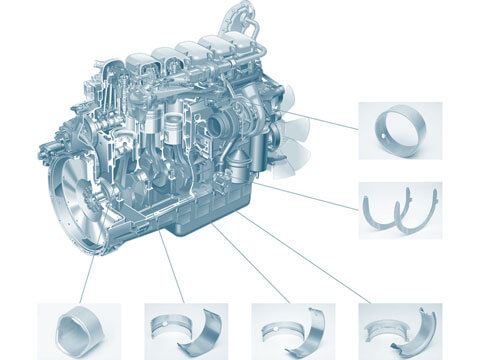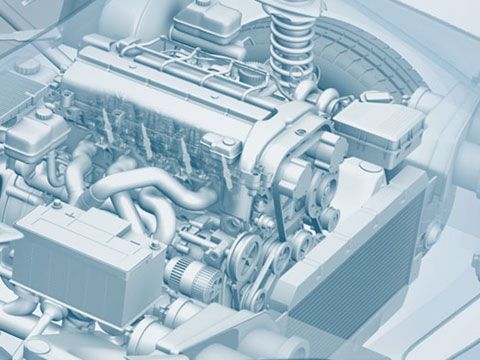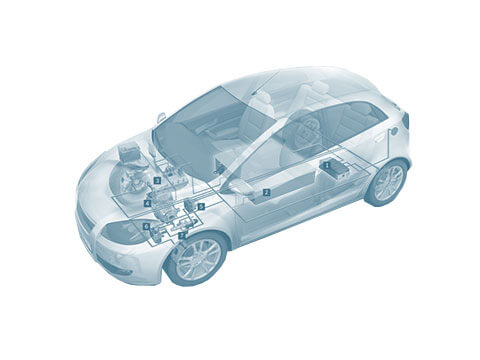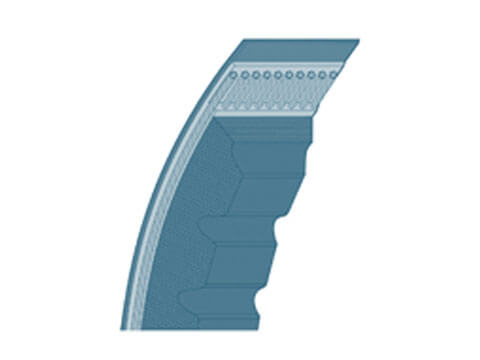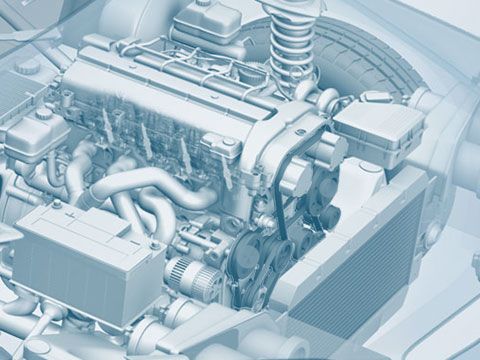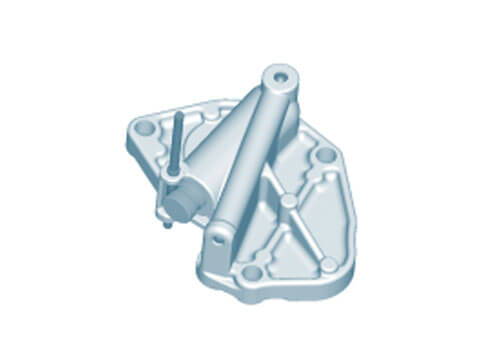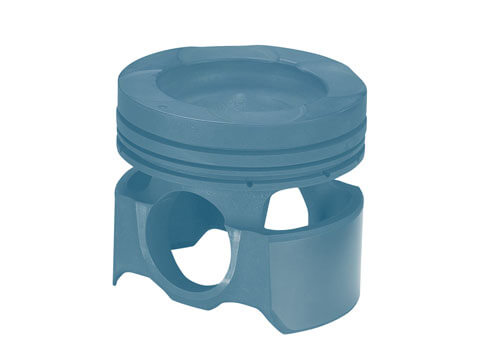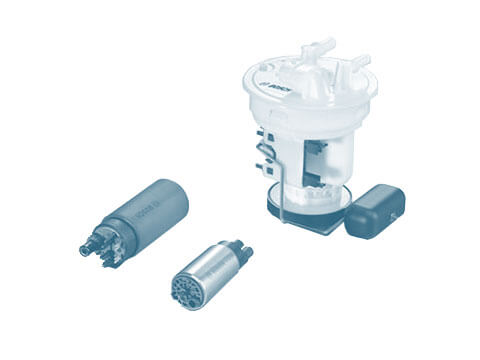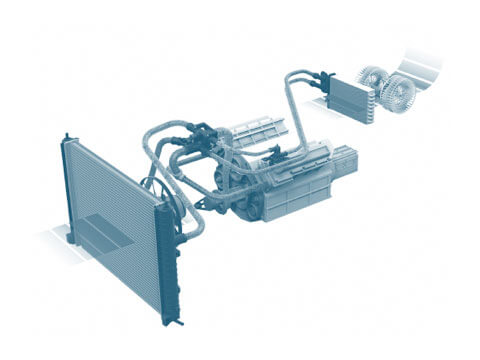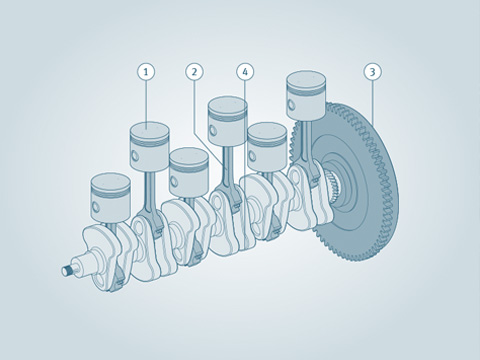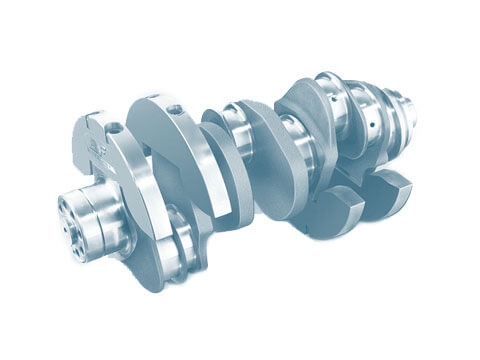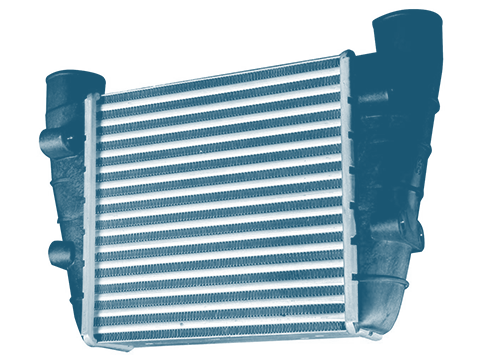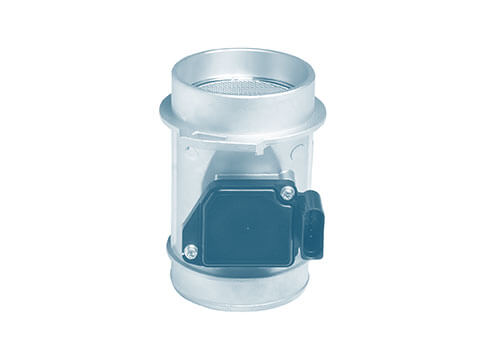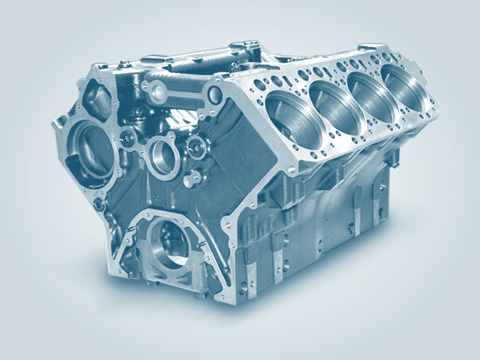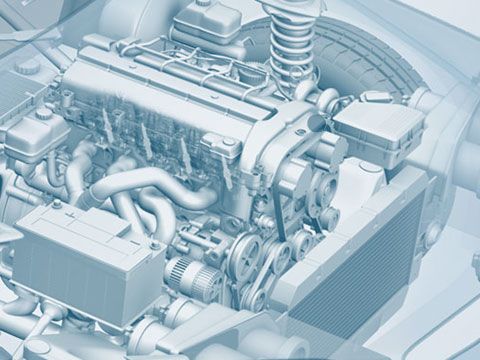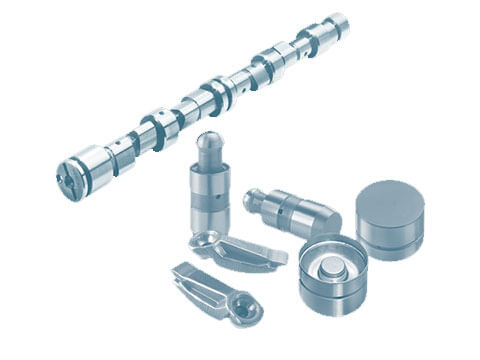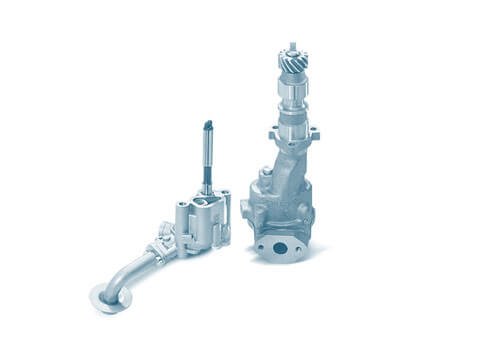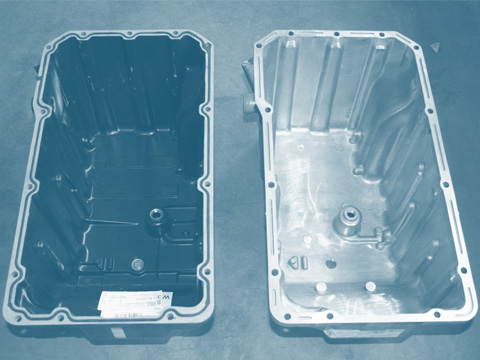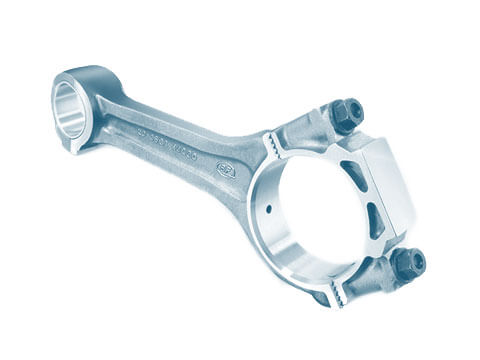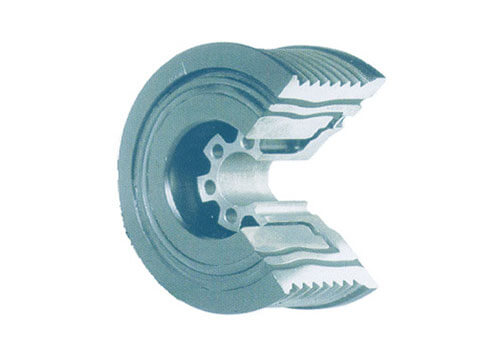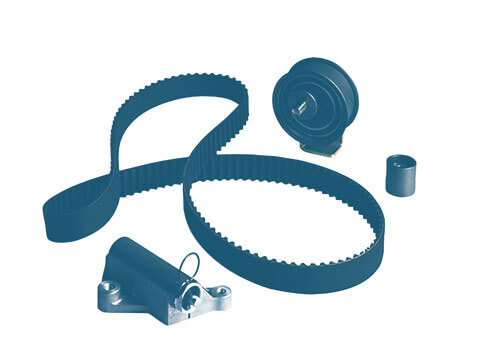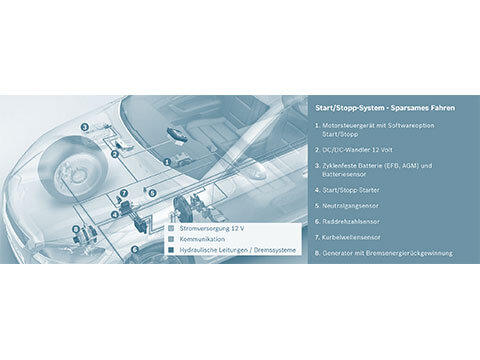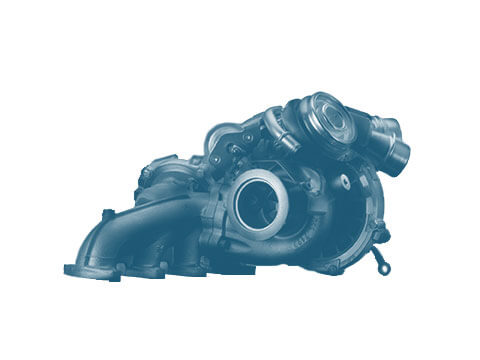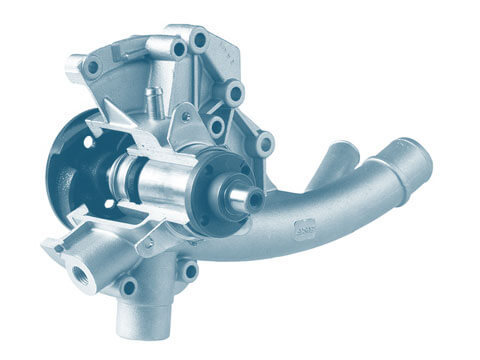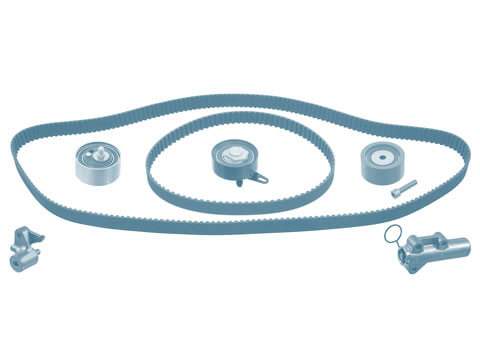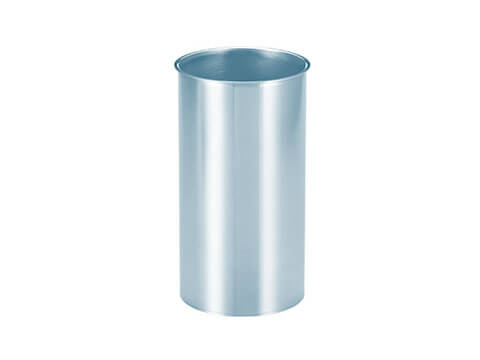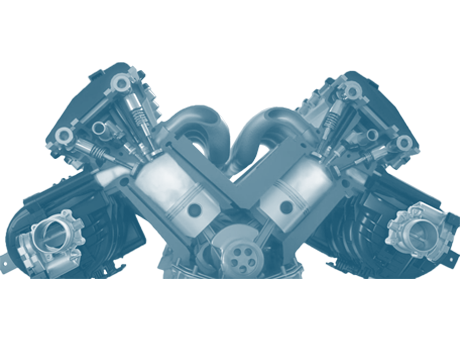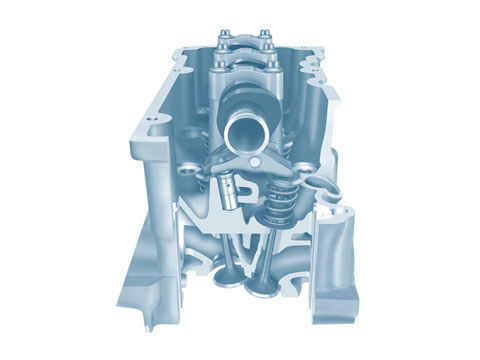Engine control unit
The engine control unit is at the core of modern engine control systems. It controls the fuel supply, air control, fuel injection and ignition.
Function
The engine control unit enables the precise, central control of all of the functions relevant to operation of the engine. The electronics control, for example, petrol injection and ignition, along with start/stop systems and the control of turbochargers. The electronics of the engine control unit have three fundamental component groups: The inputs, the processing systems and the outputs. The engine control unit should record all the requirements placed on the engine, process them, and output corresponding signals to the actuators. Actuators are mostly electric motors or electro-magnetic valves which are responsible for converting the signals from the control unit into a particular action. For this purpose, the engine control unit receives all engine requirements via sensors, prioritises these and then implements them. Examples of requirements are the accelerator pedal position and the exhaust system requirements for the mixture composition. The torque is a central criterion for the implementation of all requirements. The air-fuel ratio is adjusted in accordance with this so that the torque is provided as efficiently as possible. In summary, the engine control unit optimally coordinates the numerous, networked individual components with each other, and ensures perfect handling.
Design
Control units are comprised of these main components:
Microcomputer
Signals are processed in the microcomputer/microcontroller, which is comprised of one or more CPUs (=central processing units).
Output stages
The microcontroller controls output stages which supply sufficient power for directly connecting the actuators.
Memory
Measured values are stored in the memory. Software is also stored in the microcomputer which processes the input signals. The CPU reads out the values and interprets them as commands which are processed one after the other.
Diagnostics
In today’s engine control units, the predominant part of computing capacity is used for diagnostic and monitoring functions. This means the technical staff in automotive workshops have the option, amongst other things, to read out the fault memory of the systems installed in the vehicle. If the fault memory contains error code entries, the expert mechanic must interpret them correctly. The workshops have powerful diagnostics devices available for this purpose, which enable a vehicle-specific, guided troubleshooting process. Once the repair work is complete, the fault memory can be deleted with the diagnosis system.
Safety
The engine control unit also controls the intervention of active driver safety systems such as the traction control system (TCS) and ESP, resulting in a considerable plus when it comes to safety.
Protection of the environment
The engine control unit coordinates all engine functions with each other, enabling amongst other things the increasingly efficient control of systems which use fuel. In this way, it plays a direct role in creating engines with lower emissions and dynamic driving performance at the same time.








